|
We have had several babies in the baboon troop these last few months. But unfortunately the R44 continues to be lethal. Joselyn Mormile's research shows that 44 percent of the infants die before they are a year old and almost all caused by cars. The baboons seem to learn as they get older with 75% of the car deaths being infants. The baboon mothers will usually carry around their dead infants, sometimes for up to 10 days as they mourn their loss. And we all feel that sense of loss. Please drive carefully!
0 Comments
Go to the Leopard Camera blog to see the latest photos of the visits captured on film. It really does add to the magic of living here to share photos and sightings of all the wildlife we have on land and under the sea. Thanks to those manning the cameras - the traps and your personal cameras! There have also been a number of sightings of the Smith's red rock rabbit again. And near Betty's Bay (Jenny Parsons) shared a great photo of a Large Grey Mongoose (Herpestes ichneumon) on the Pringle Bay Rewilding Facebook page. L
4th June a pod of Bryde's whales entertained Rooiels the whole day and a few of them the next day too. They were actively fishing - mostly around Container bay - perhaps brought in by some fish chasing the red tide which has meant limited mussel collecting for humans (and cats) for weeks now.
We have had a number of new baby baboons this year and it is delightful to see how the troop care for each other and how the fathers enjoy and protect their young. A glimpse of dolphins passing and a photo of a shark breaching off the nature reserve - taken some years back in February. Below a photo of the Rooiels river in flood on 16th May - thanks Riel. Free diving for fish and kreef (in season) or just for the beauty of the kelp forests is a favorite pastime in Rooiels. We occasionally see those who strap on bottles and gear and go diving down to the deep. But most of us have not really had a chance to share that magic with them. Thanks to two of these divers for sharing their photos with us. Enchanted by the quiet, strange and beautiful, they brave the cold.
If you would like to see more, click this link to the Underwater Wonders of Rooiels There are over 1 million known species of plants and animals in our oceans and it’s believed that there may be as many as 9 million species still to be discovered. Thanks to Bob for sharing flower photos taken on his hikes around Rooiels From left to right, top row first
Erica porterii, the endangered Merciera azurea, Watsonia schlechteri, Bryomorphe lycopodioides, Erica gysbertii and Erica cygnea (Swan erica, this is a rare plant with the range restricted to KBR) We are all wondering what is so special about this year - and about the 23rd March -- wherever you went there were dragonflies. Exquisite, intricate and delicate. Graham shares some of the great photos he took yesterday.
The spotted dikkop (Burhinus capensis) -- well it is now a "thick-knee" in English but still a dikkop in Afrikaans - Gewone dikkop. These are found mainly in the drier parts of Rooiels. The slightly smaller Water thick-knee (Burhinus vermiculatus) can also be found in Rooiels but usually on properties nearer the beach and river. Above the pair would take turns to sit on their egg - they only had one. The other would stand nearby and then a few times a day they would briefly meet and change positions. The photo on the right was when it was born. I thought that it had died at birth -- but no -- it took a few hours to resuscitate after its birth and then joined its parents. We watched it grow until 2 weeks old - and then it disappeared (most likely the mongoose). So sad. But late July the pair returned and perhaps they will manage to keep it safe from the mongoose this time.
Even for those of us not equipped to go diving in the deep - we are lifted by just knowing and seeing the magic of the underworld on our doorstep - thanks for sharing Piet
|
Photos and anecdotes from RooielsersPlease share the beauty Archives
May 2024
Categories |
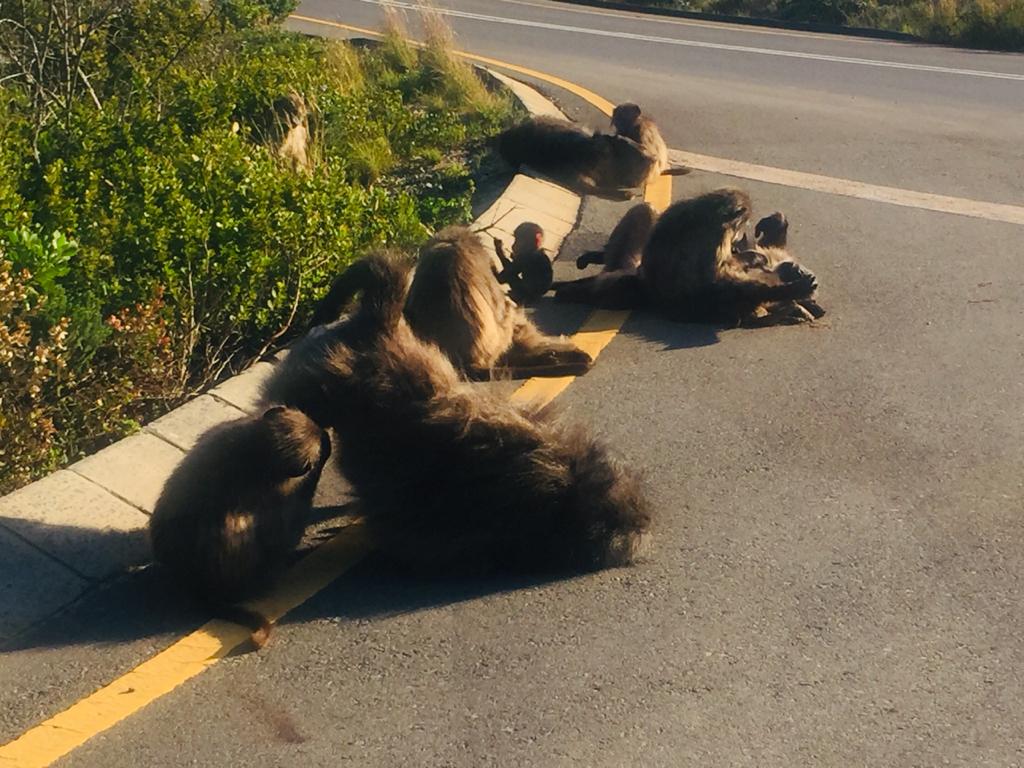
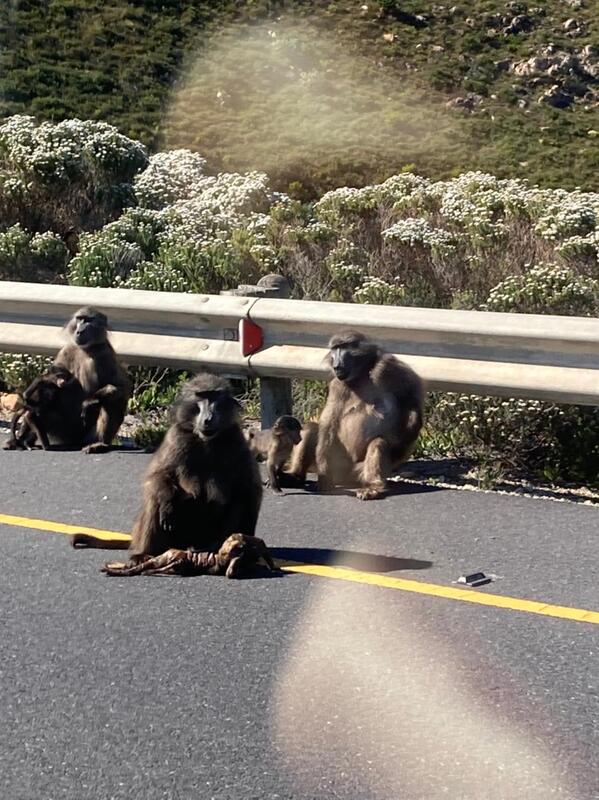
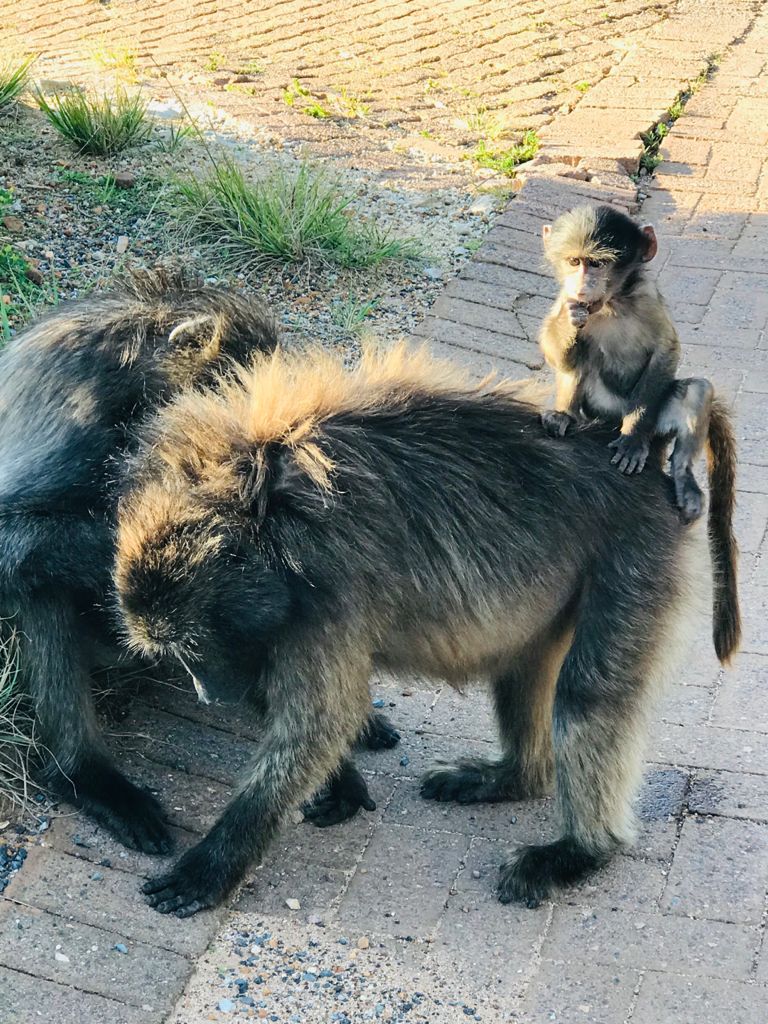
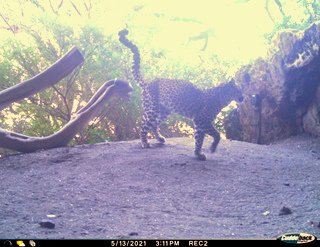
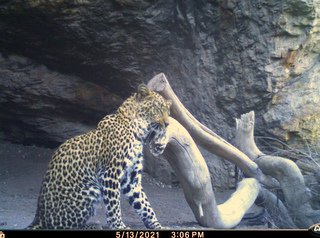
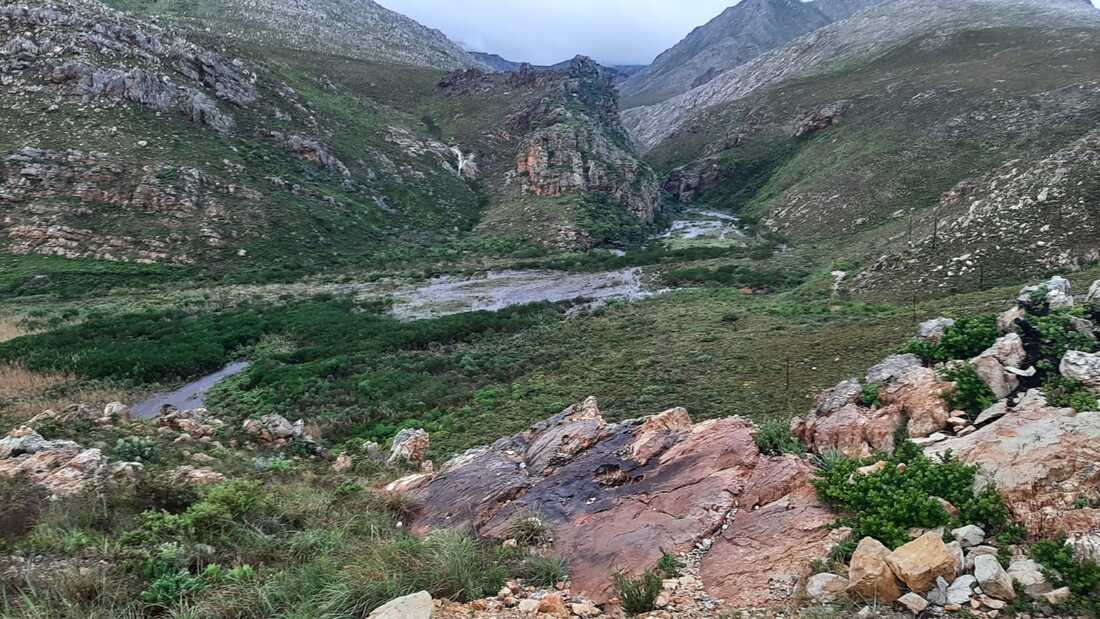
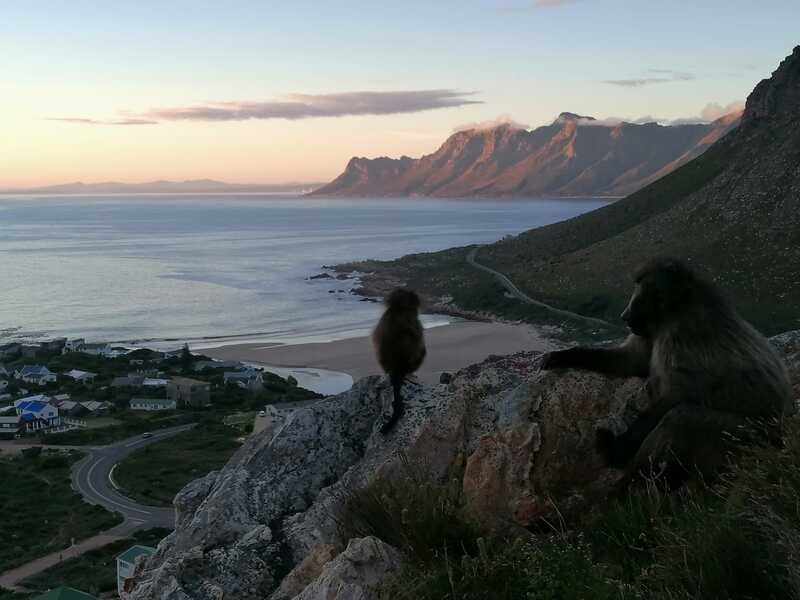
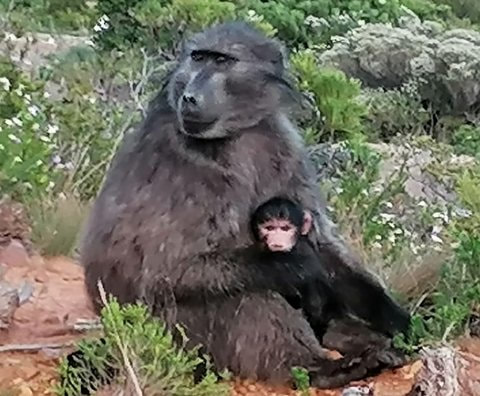
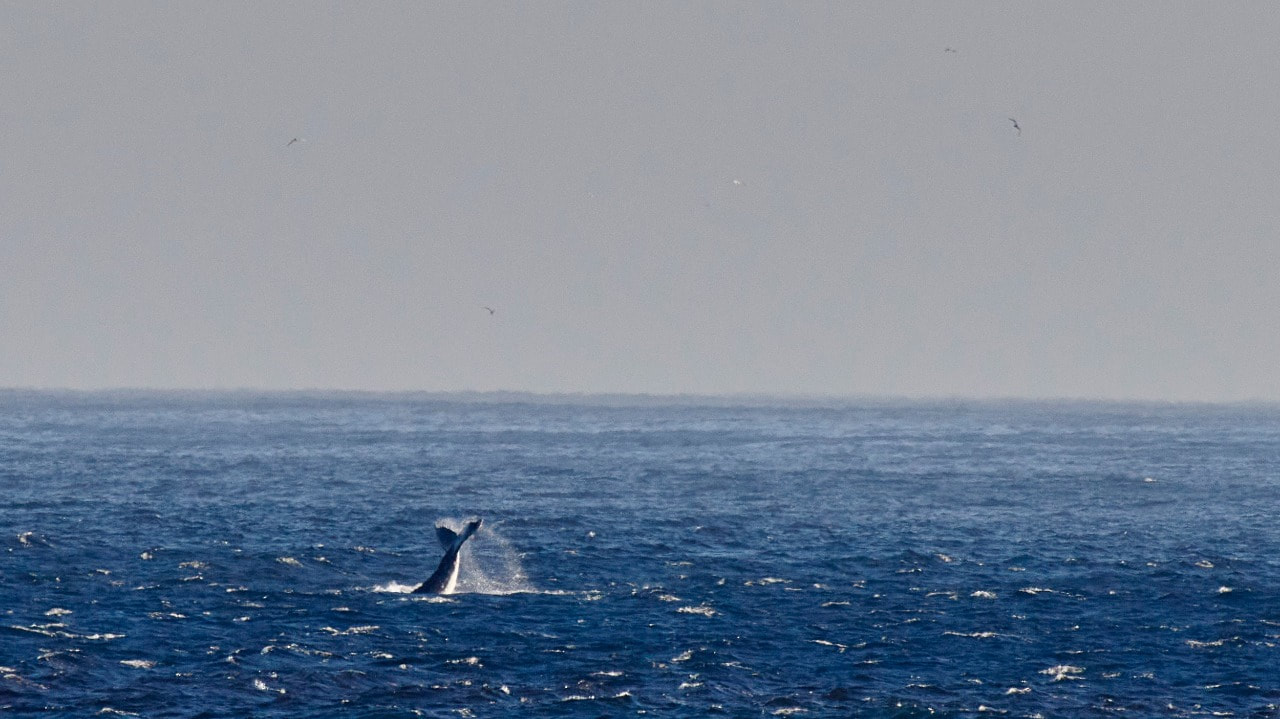
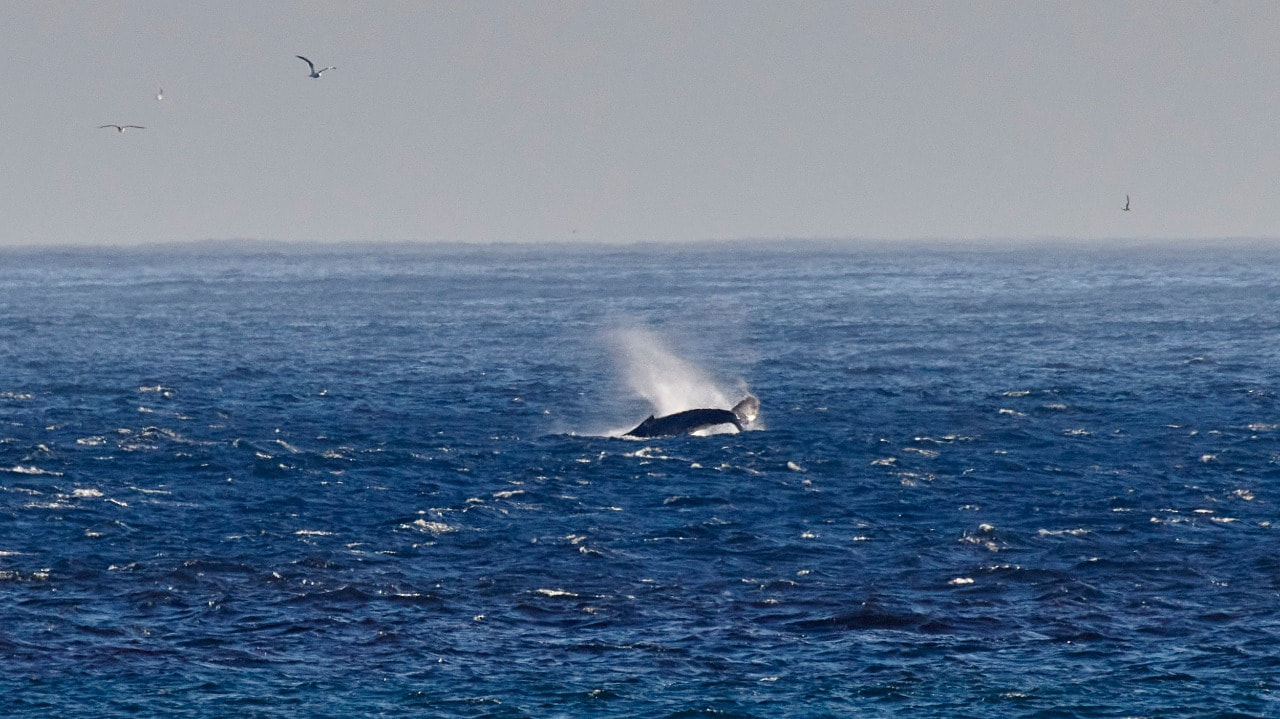
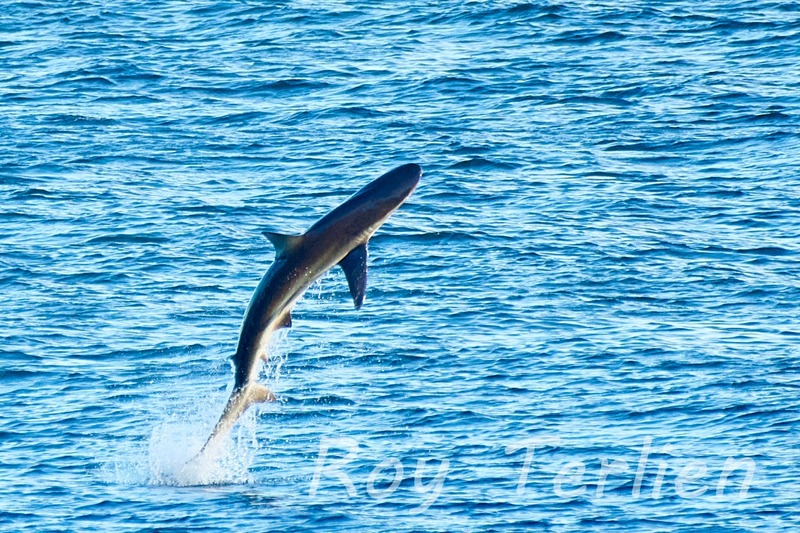

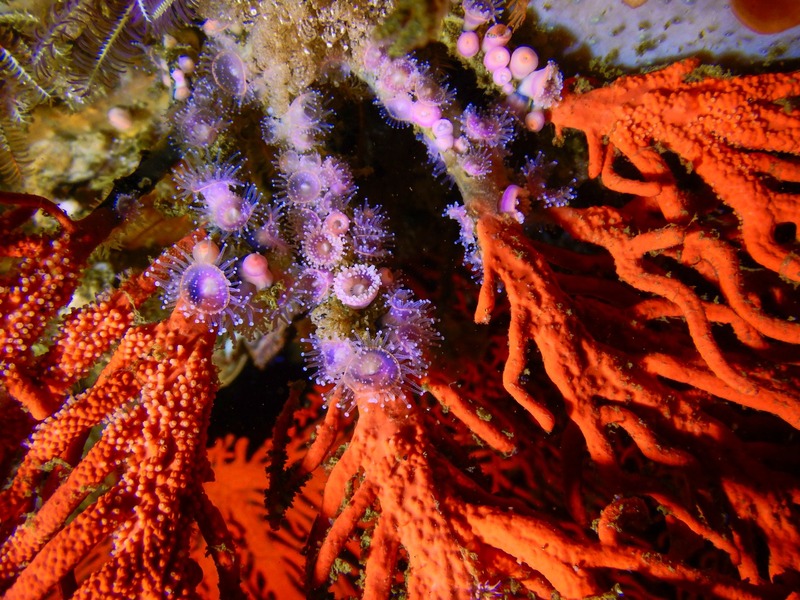
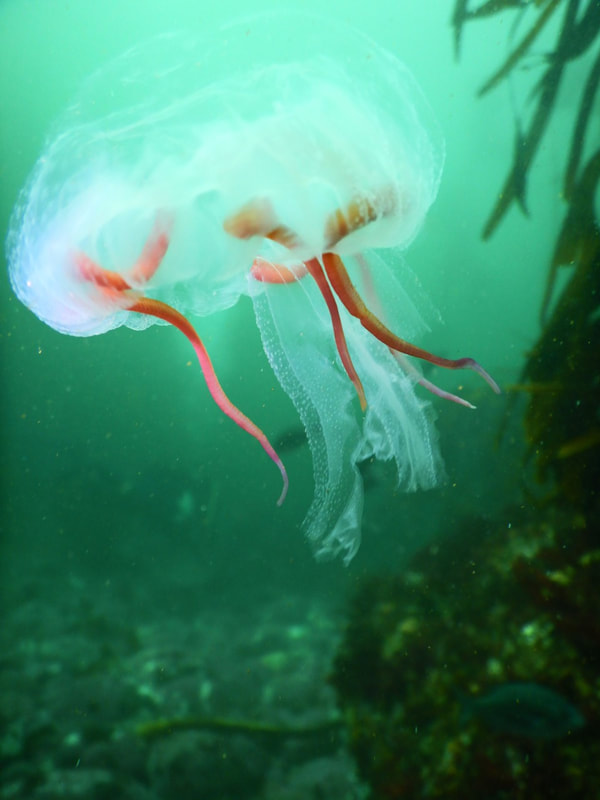
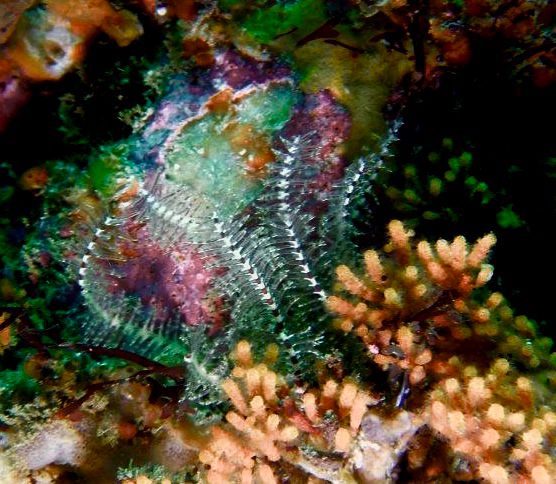
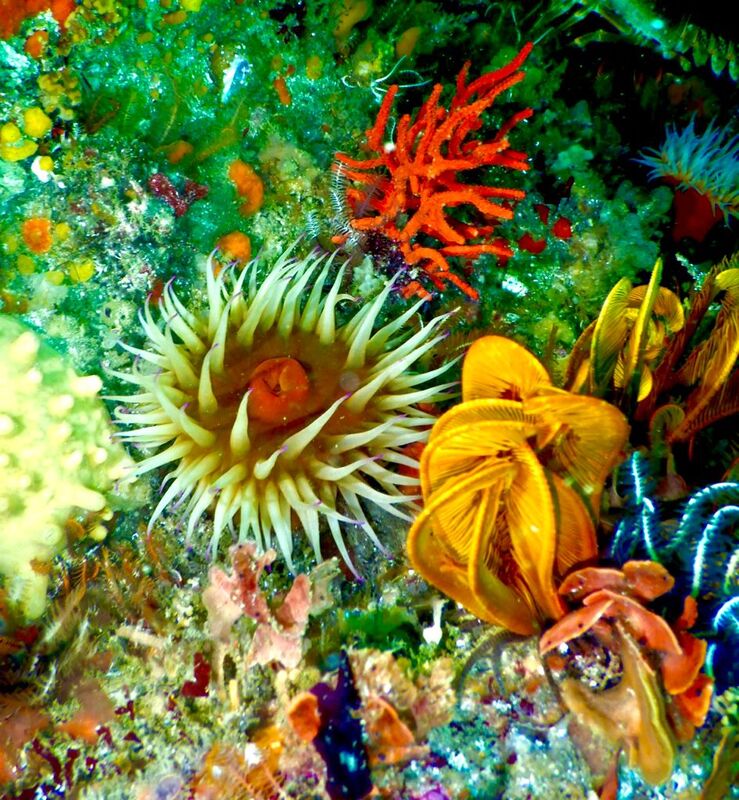
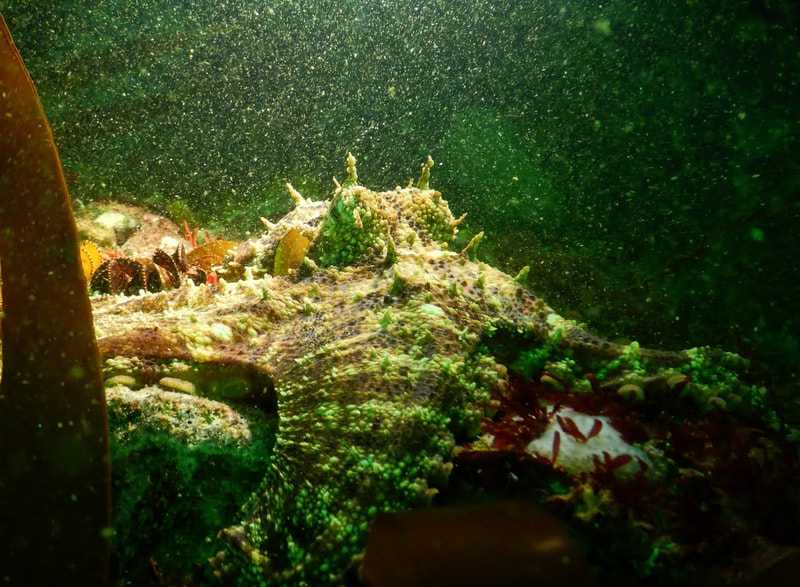
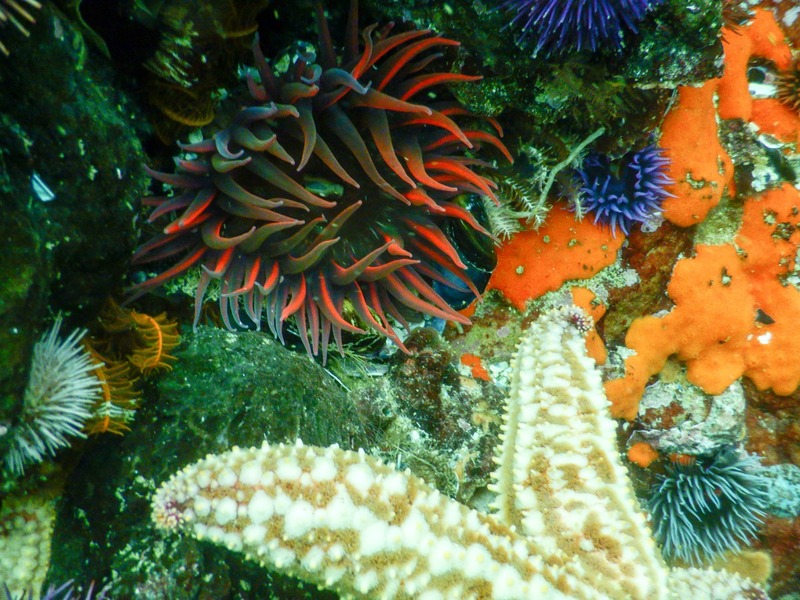
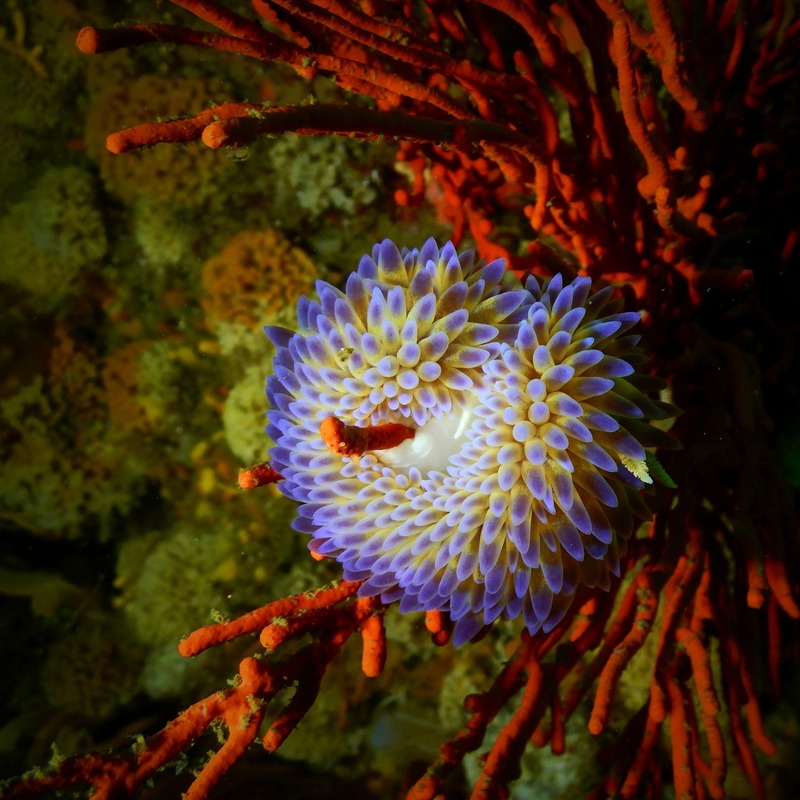
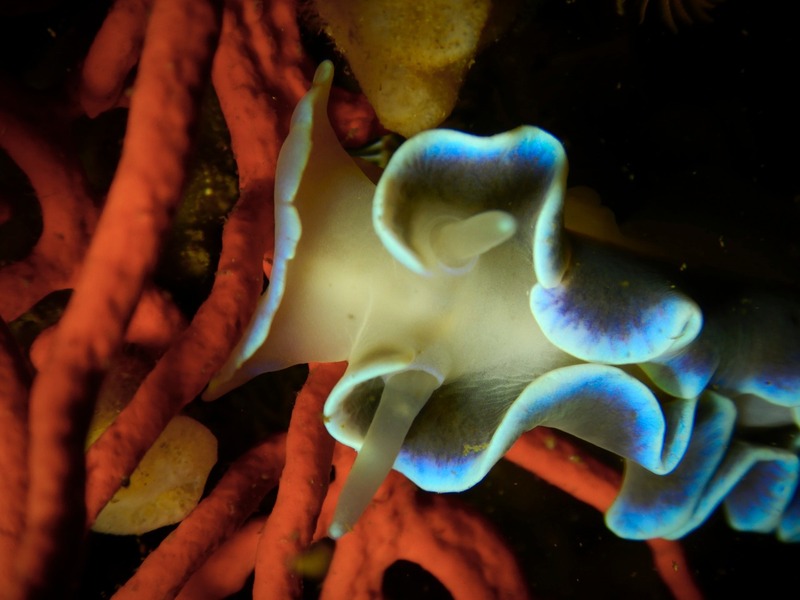
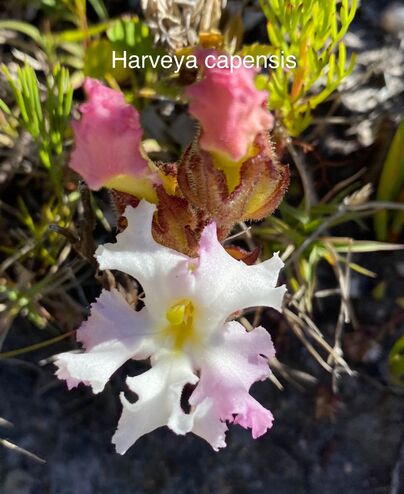
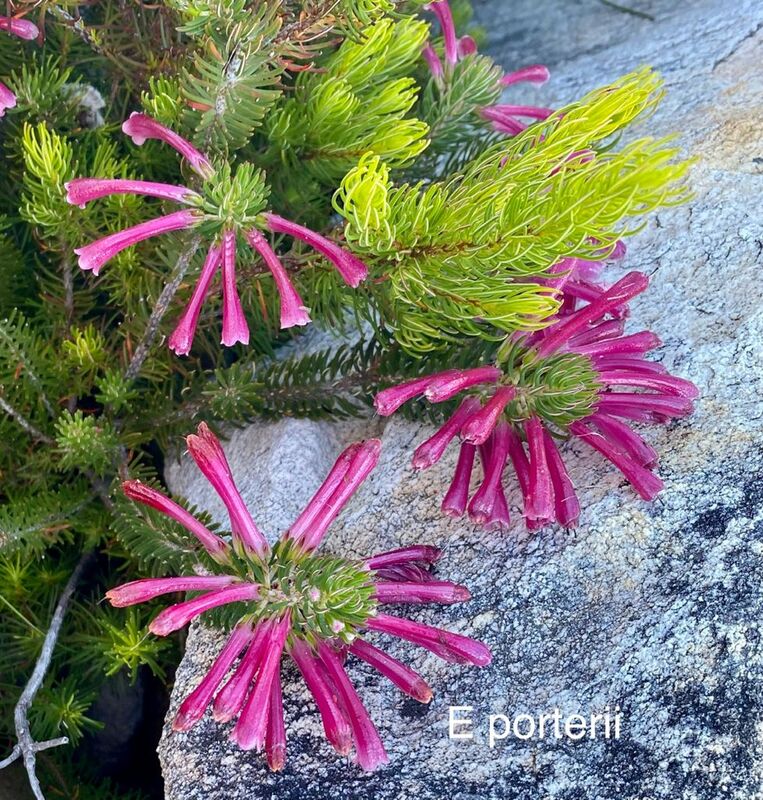
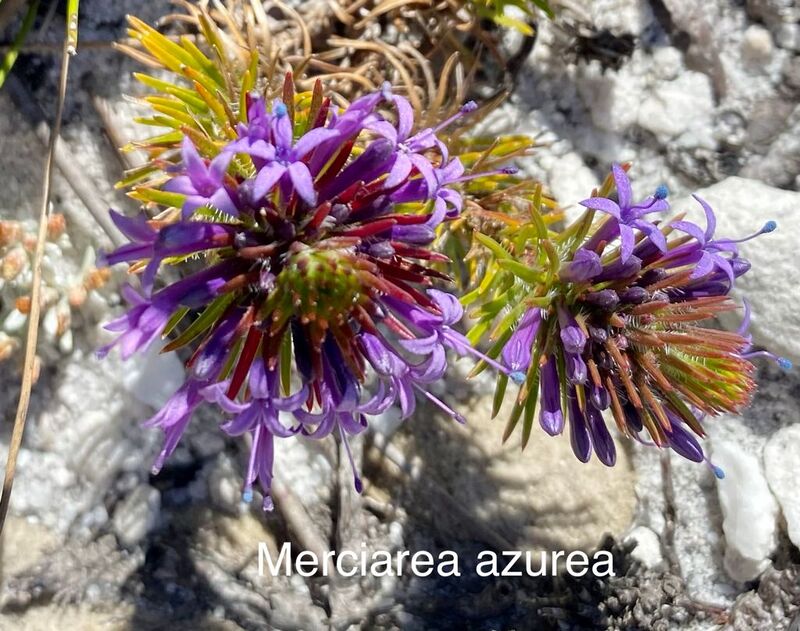
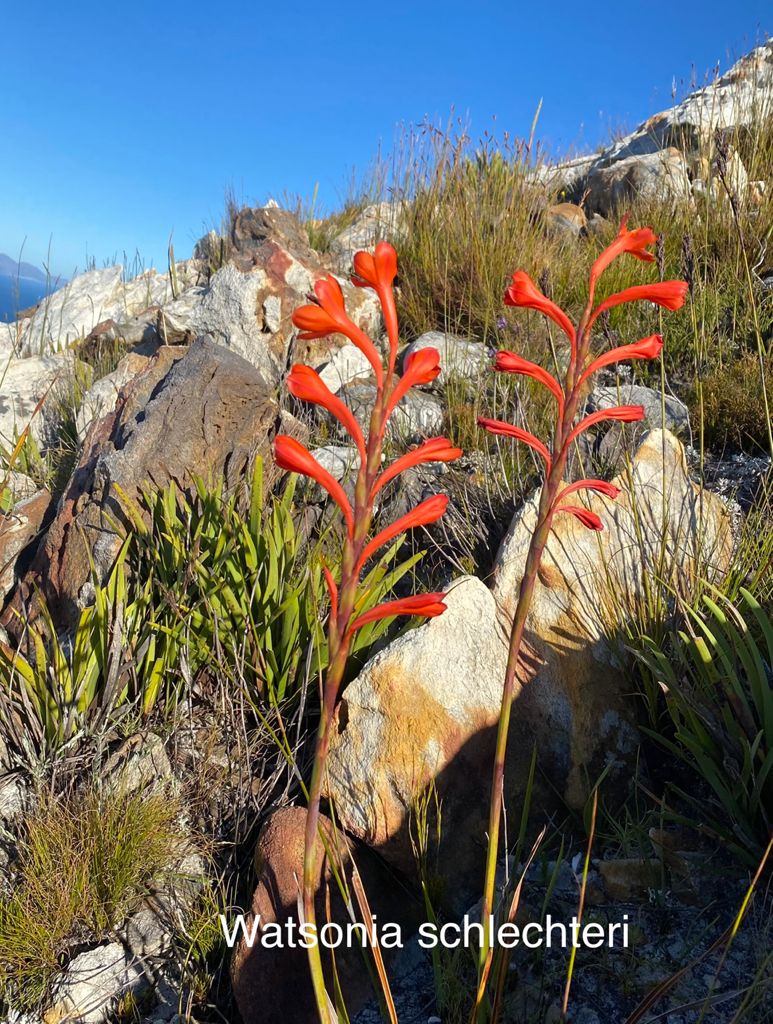
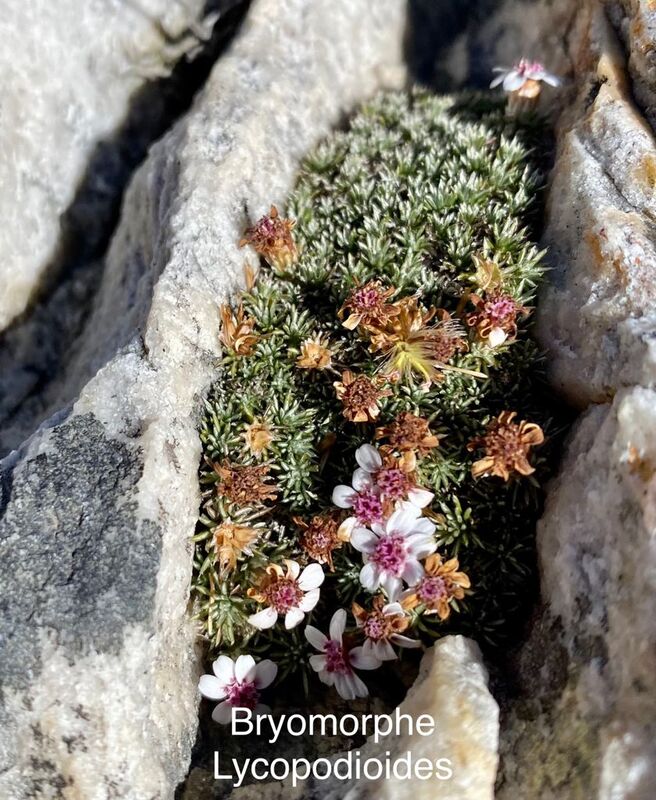
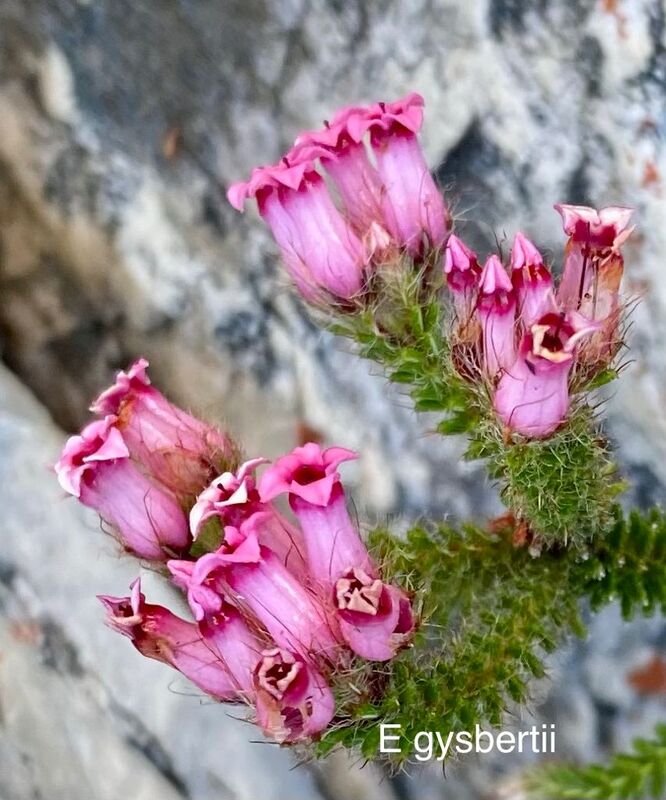
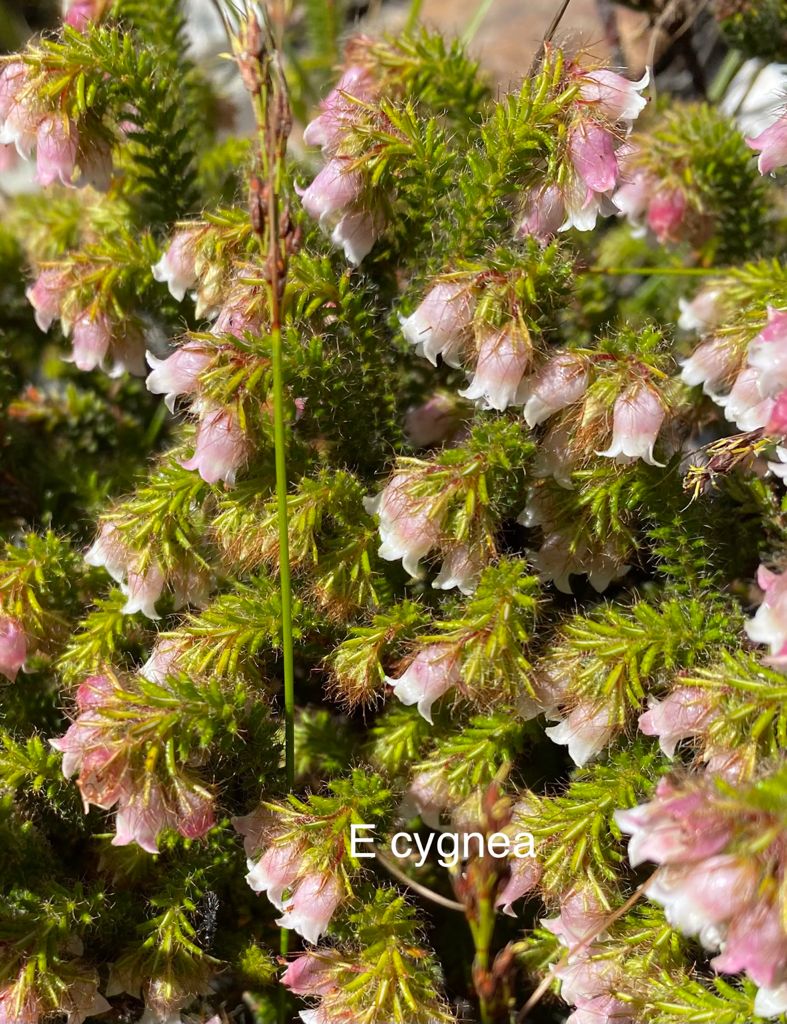
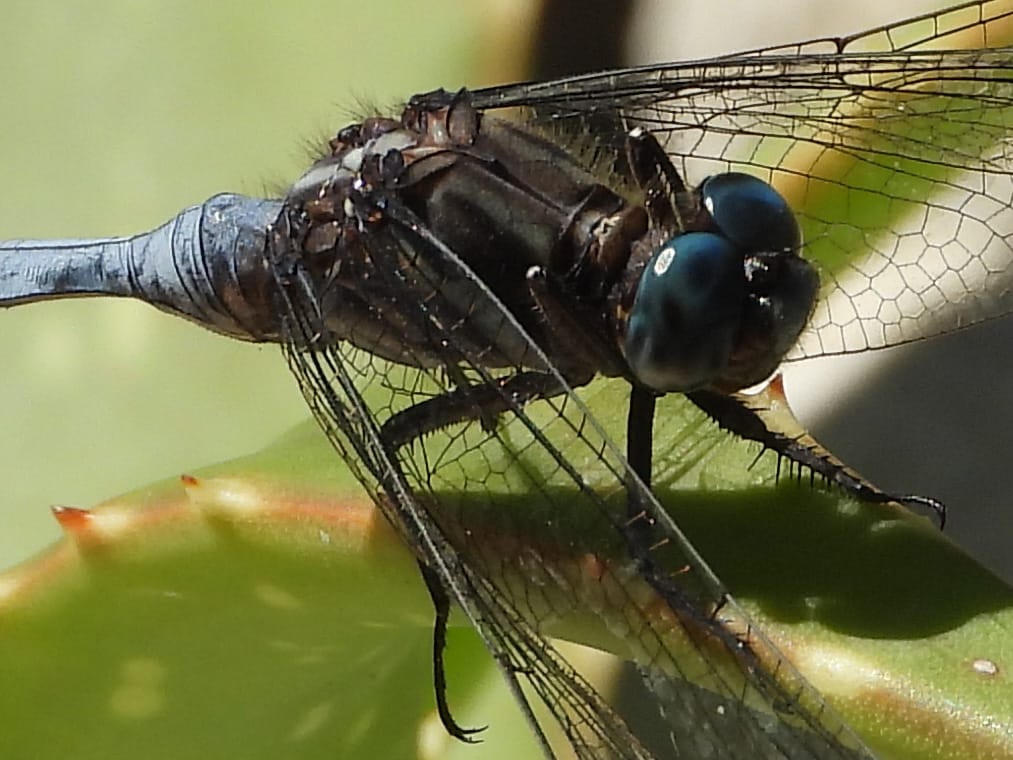
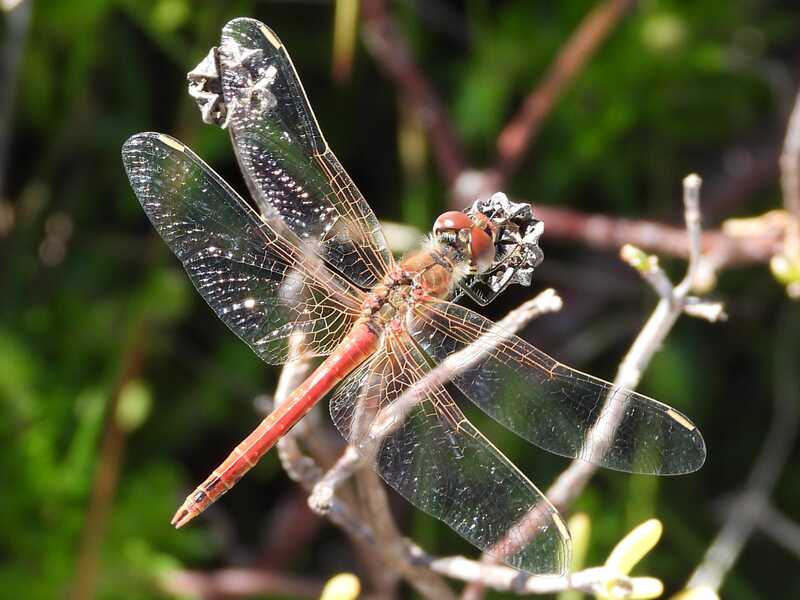
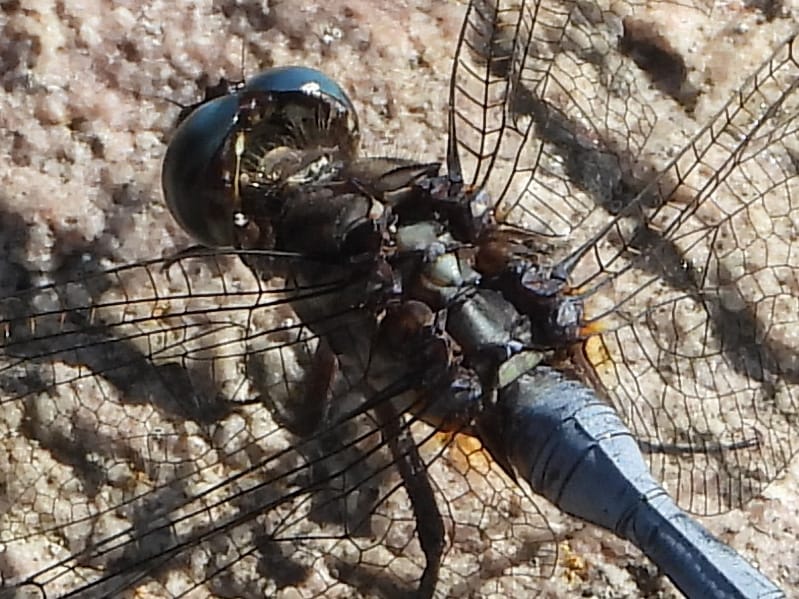
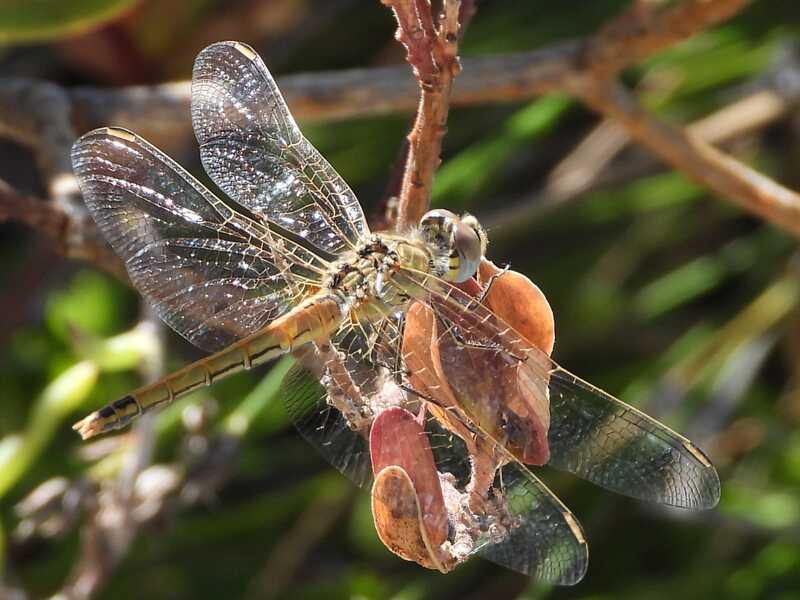
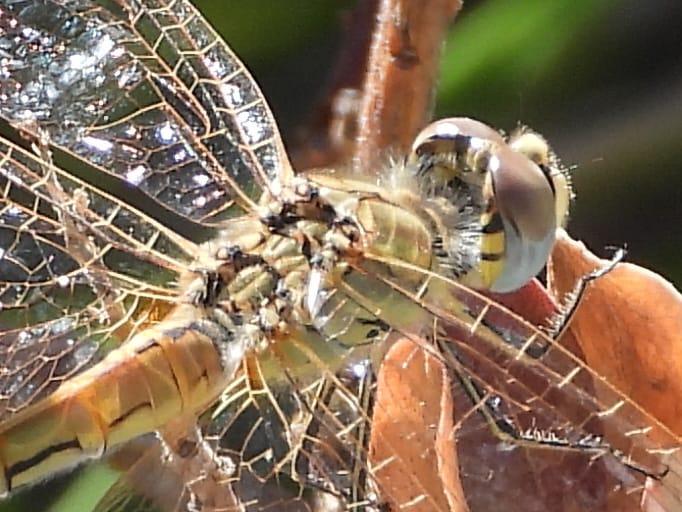
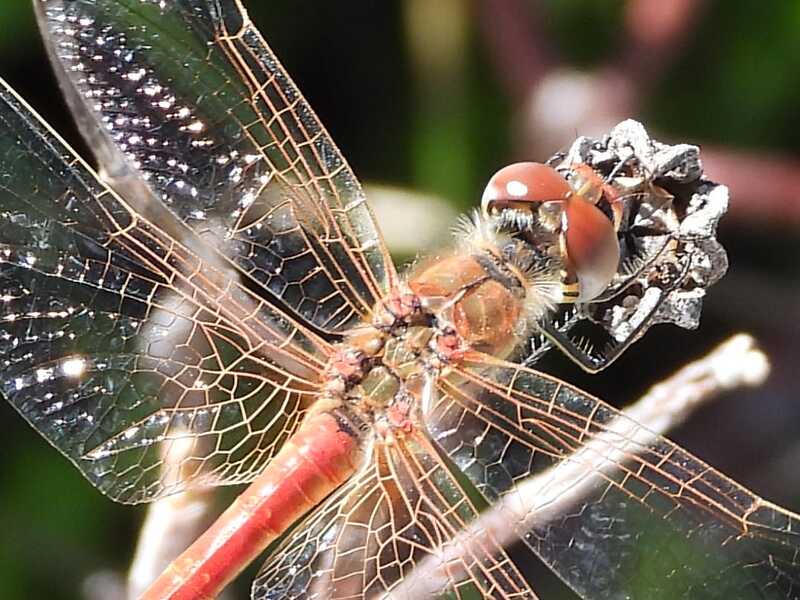
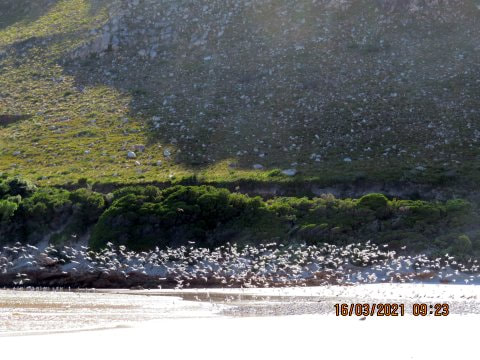
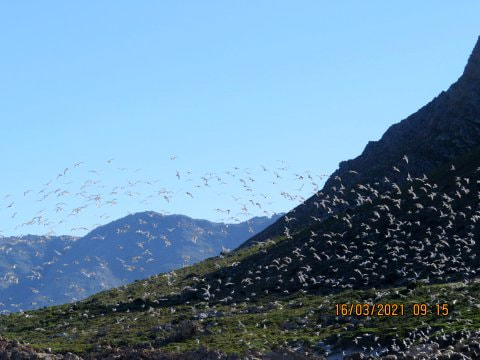
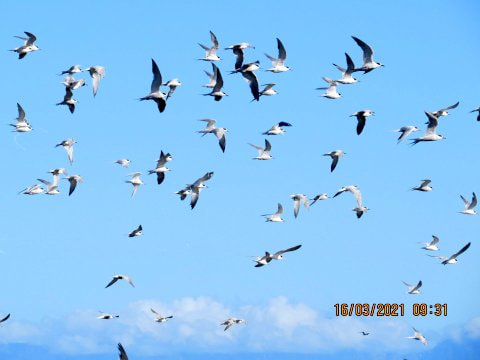
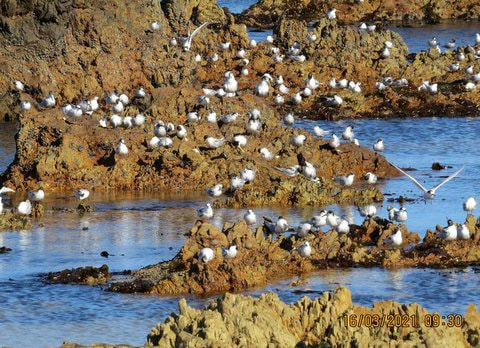
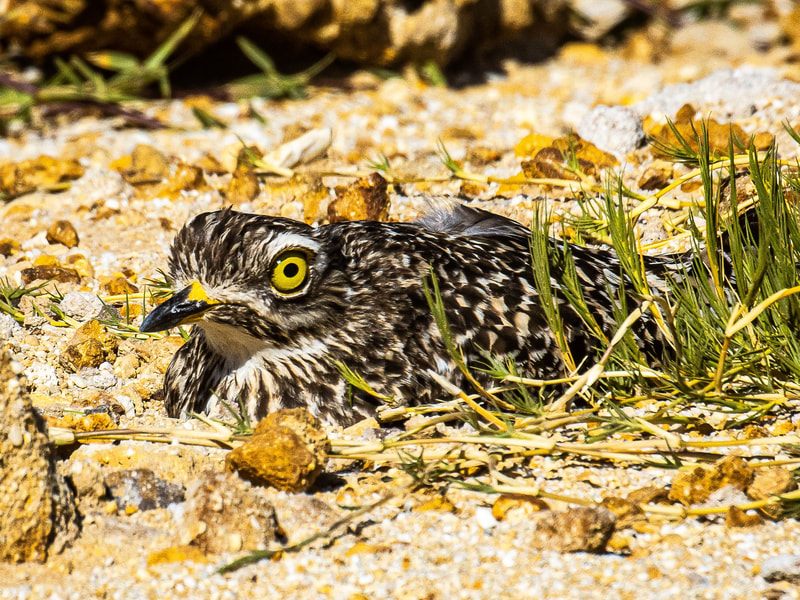
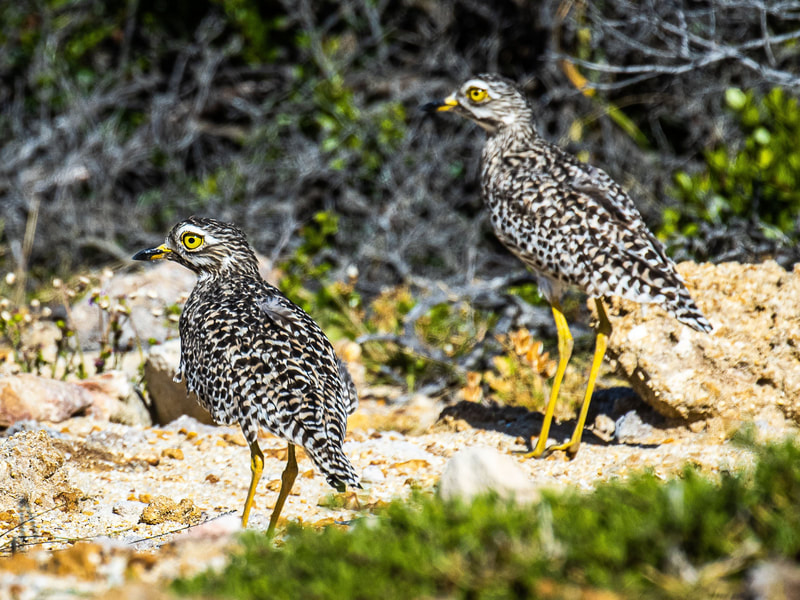
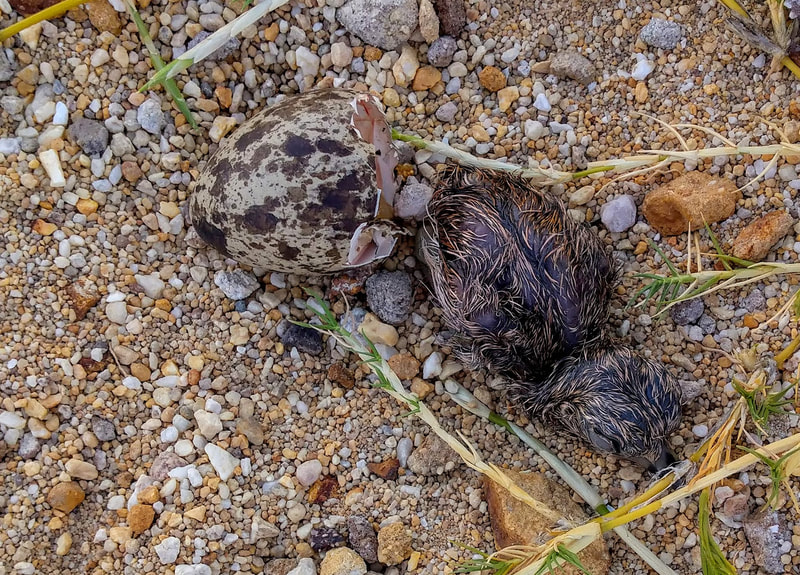
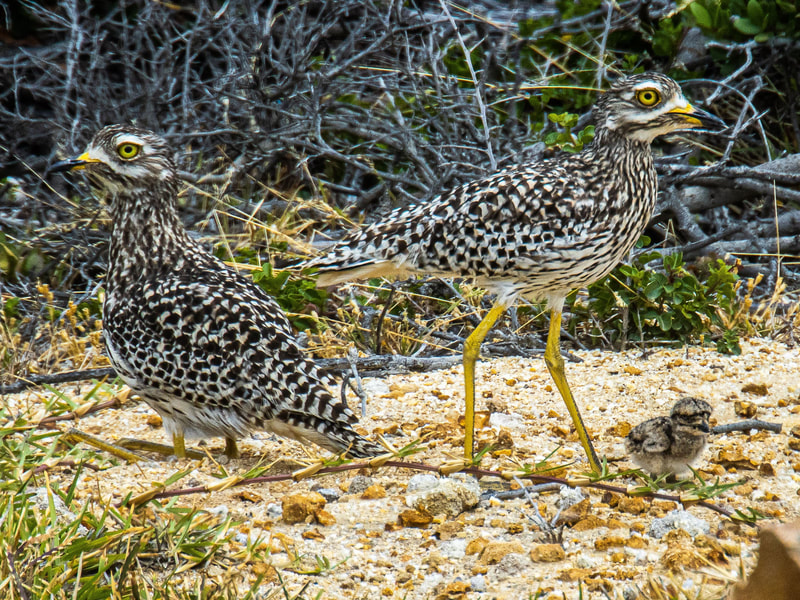
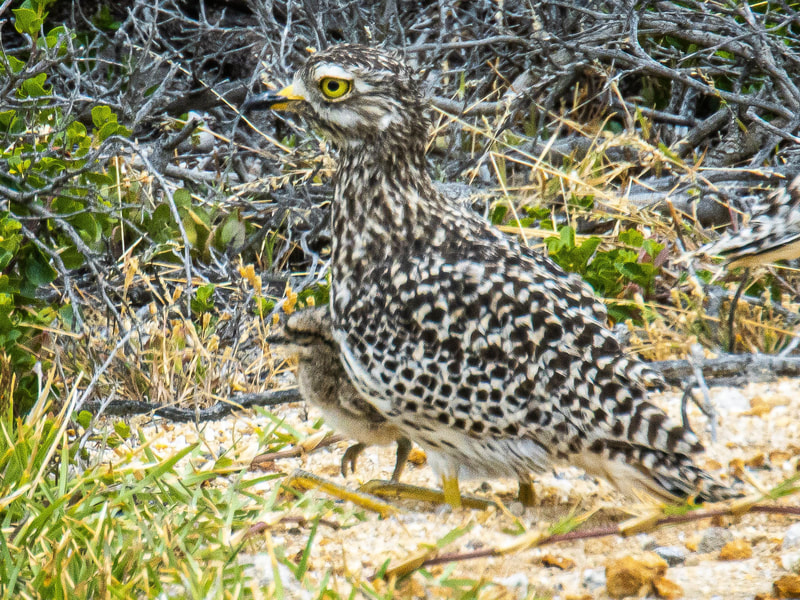
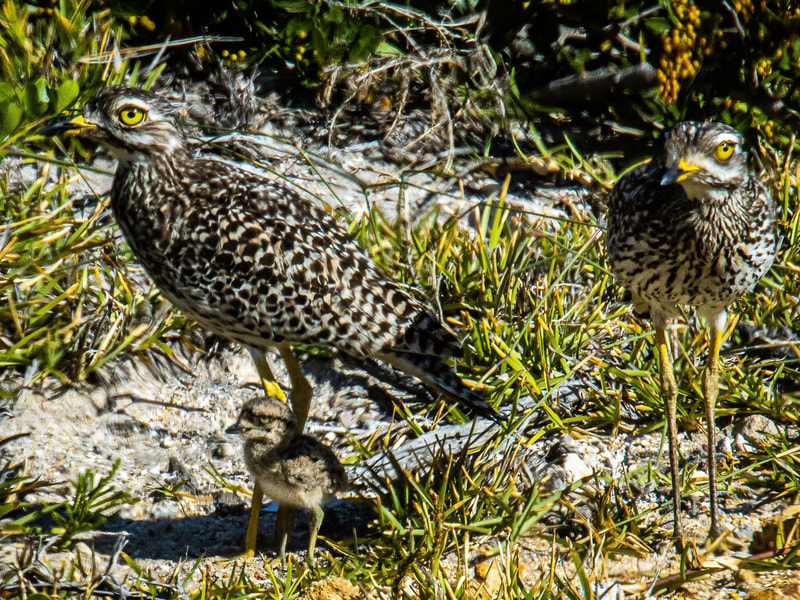
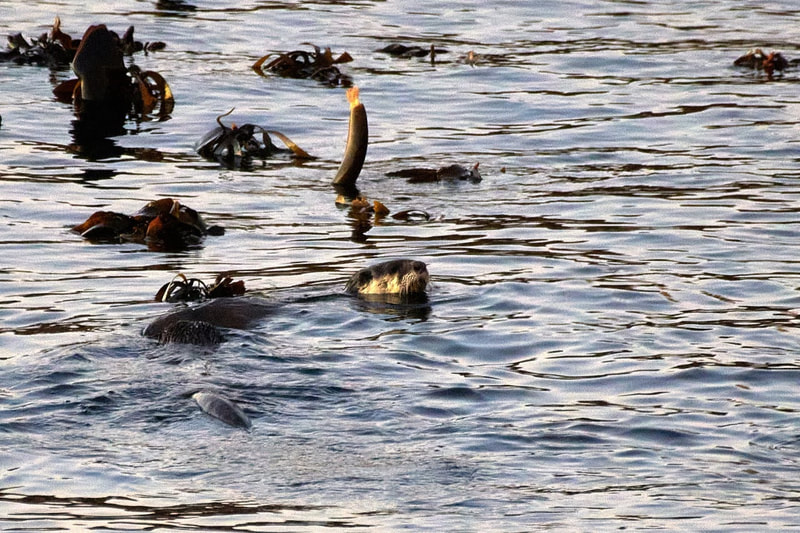
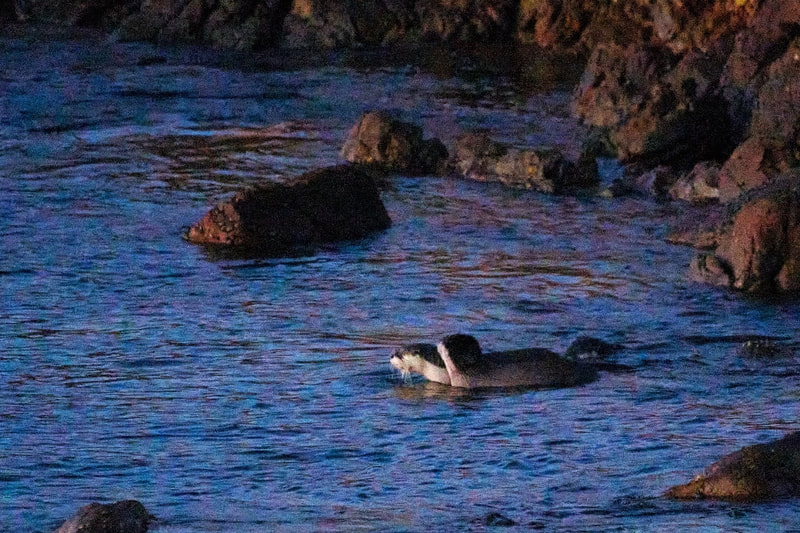
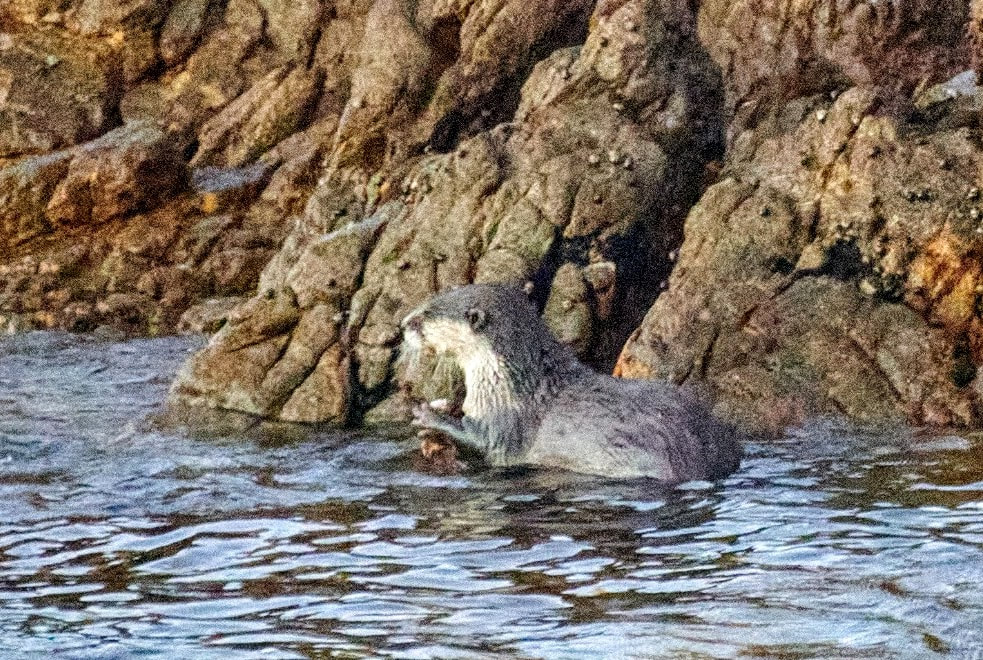
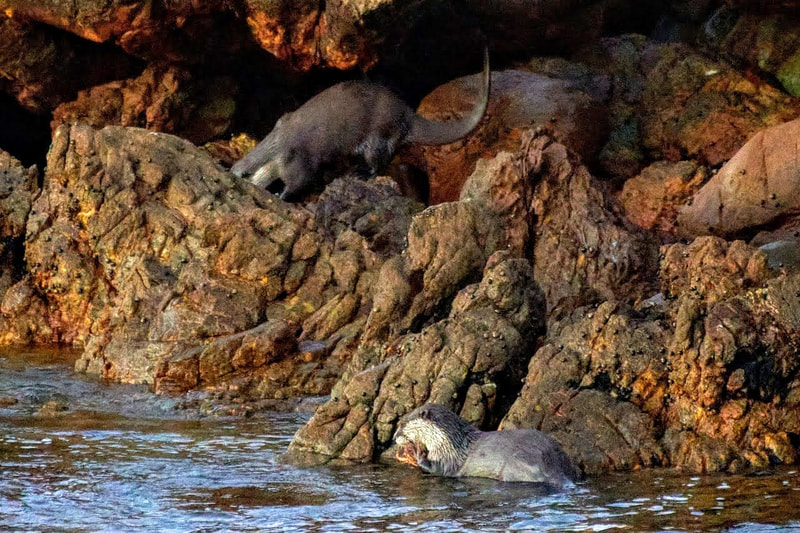
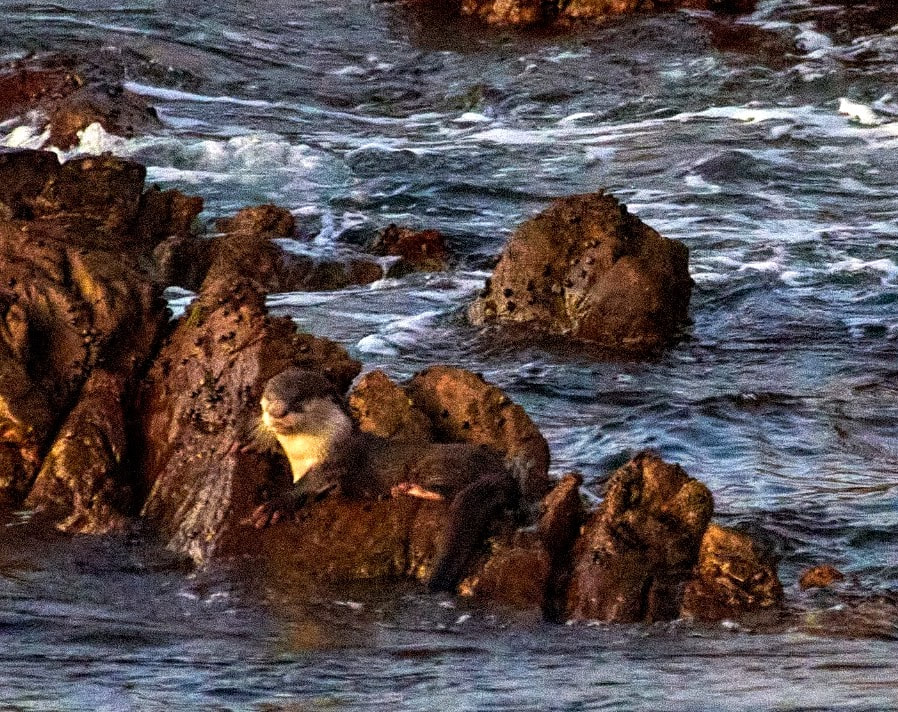
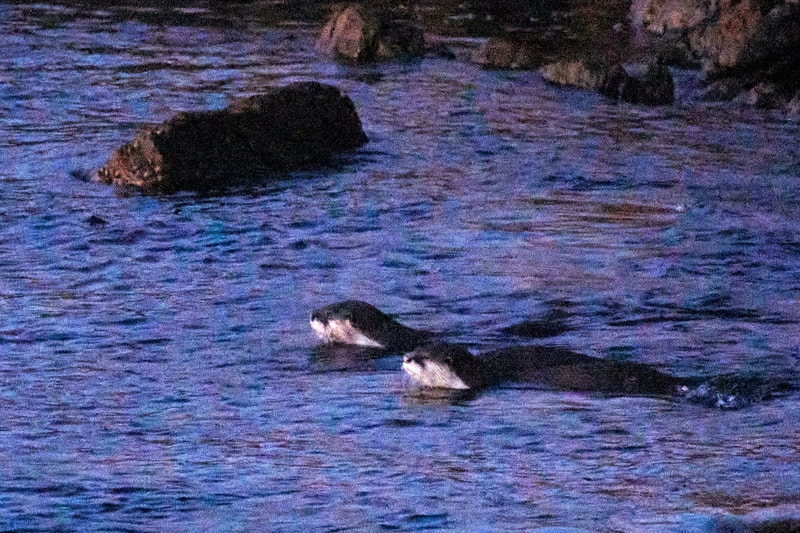
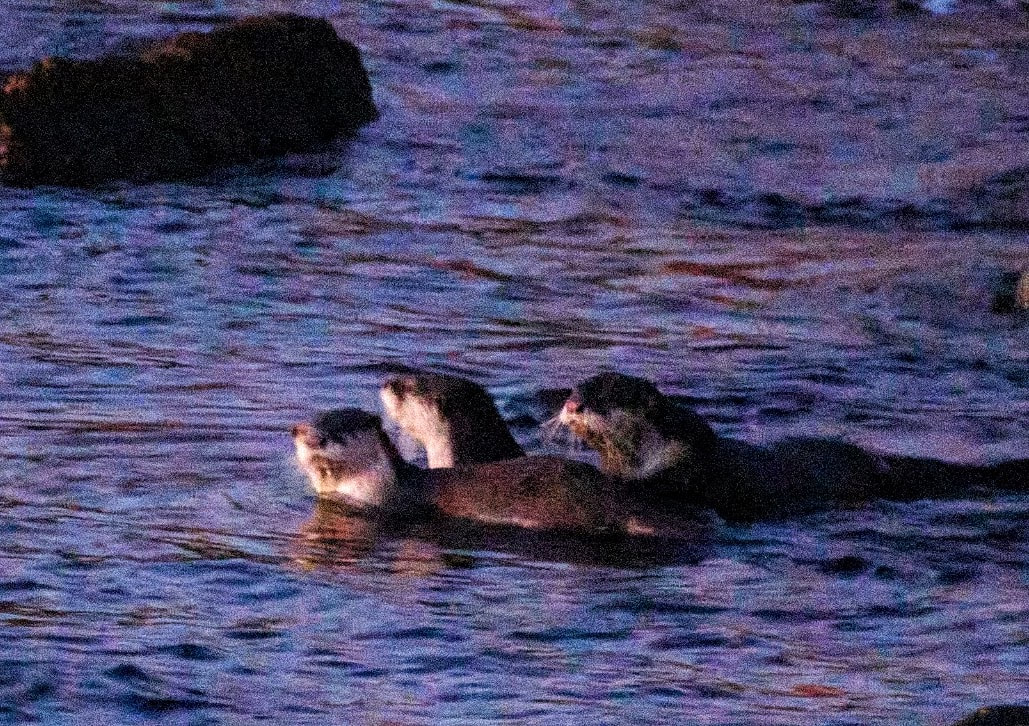
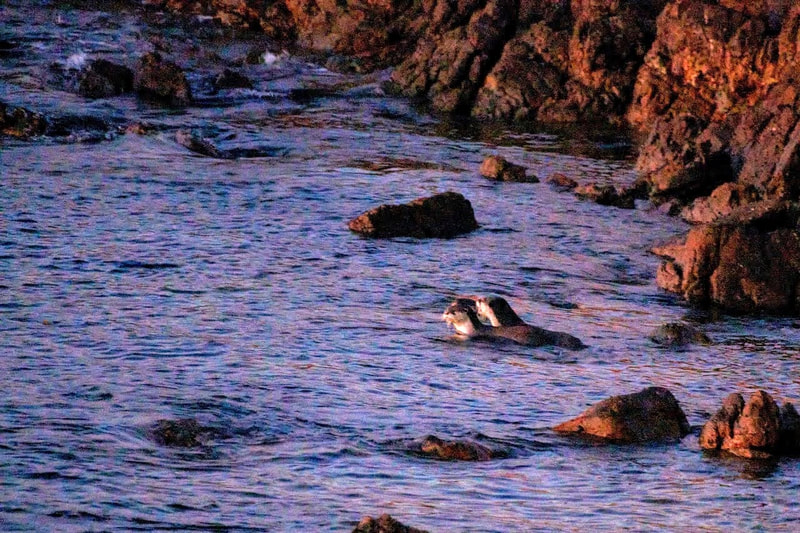
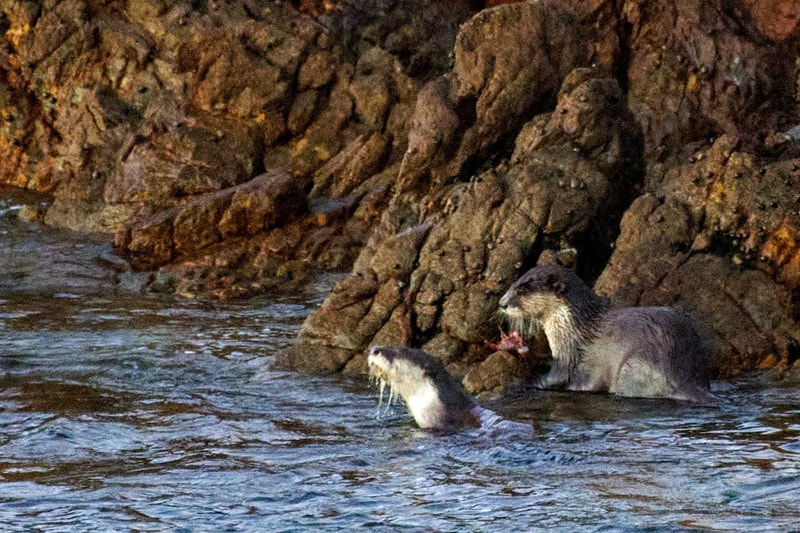
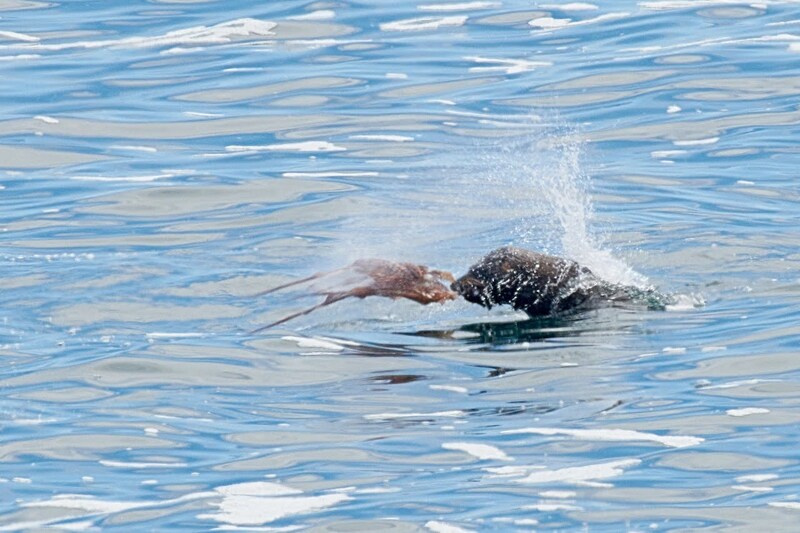
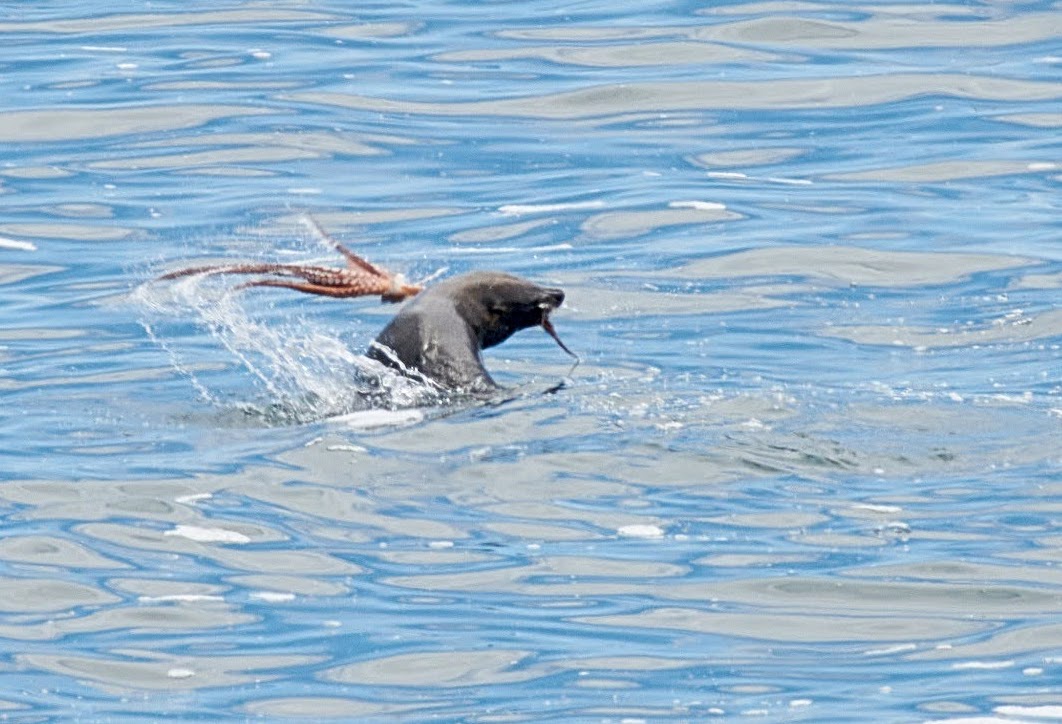
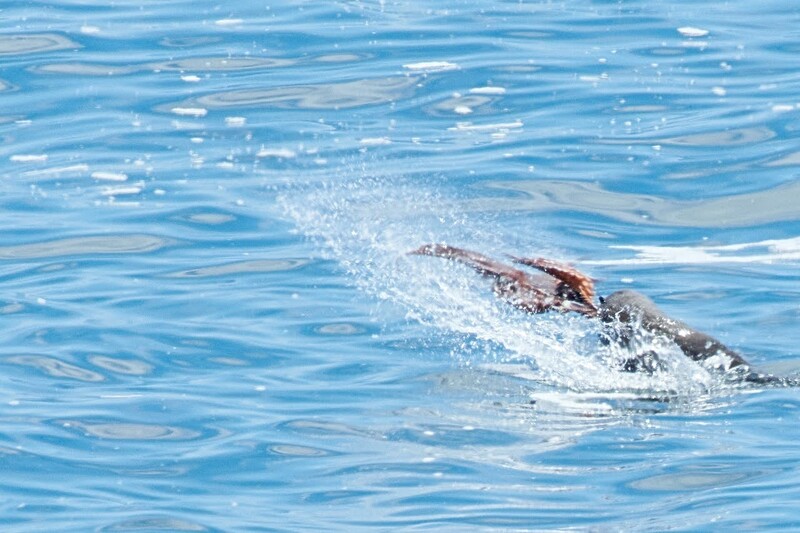
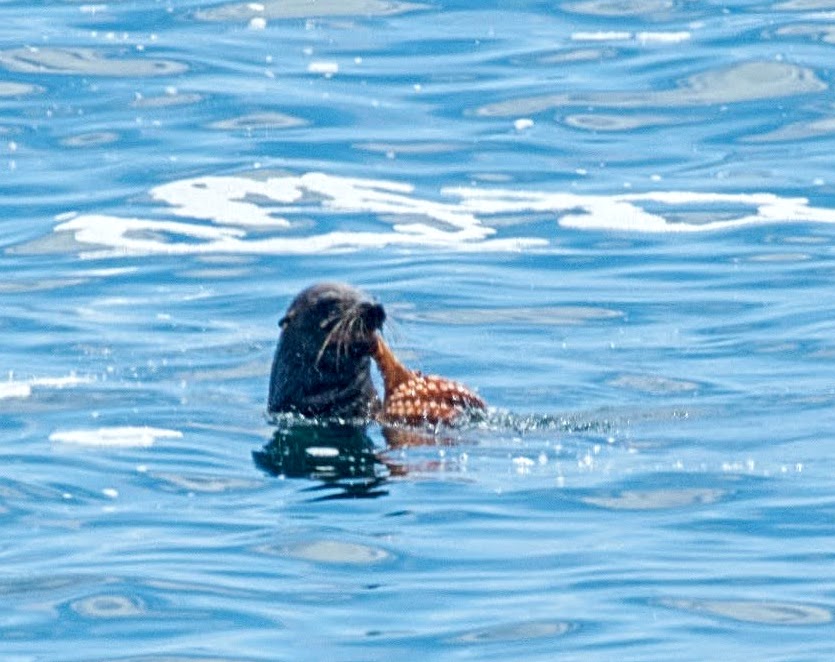
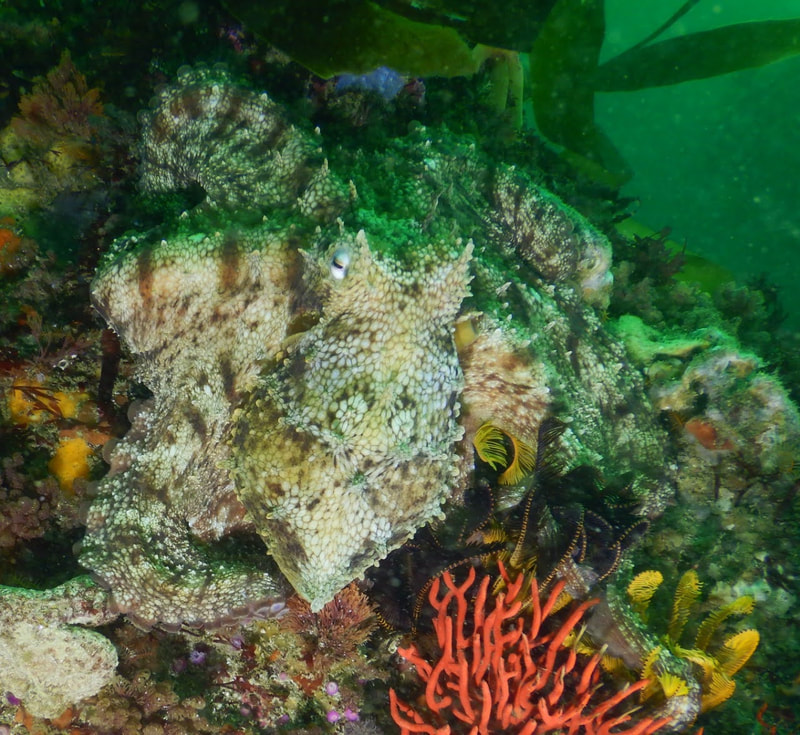
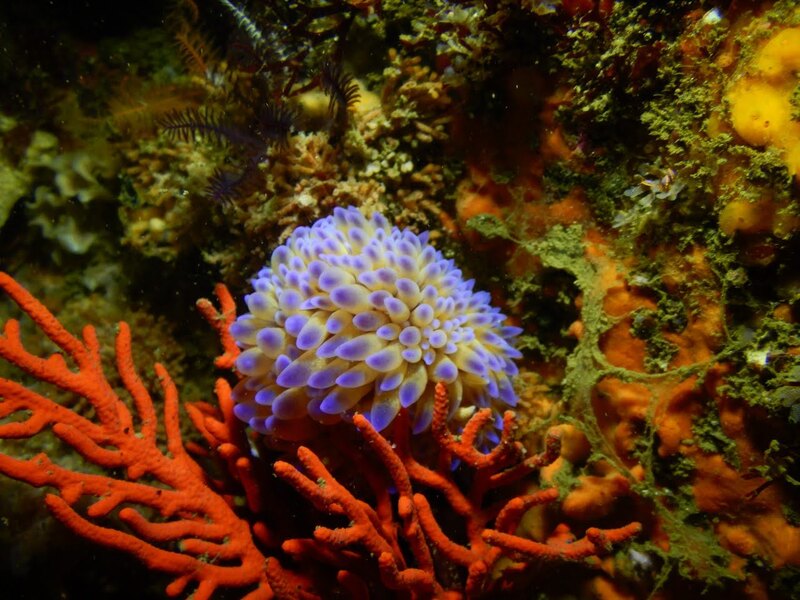
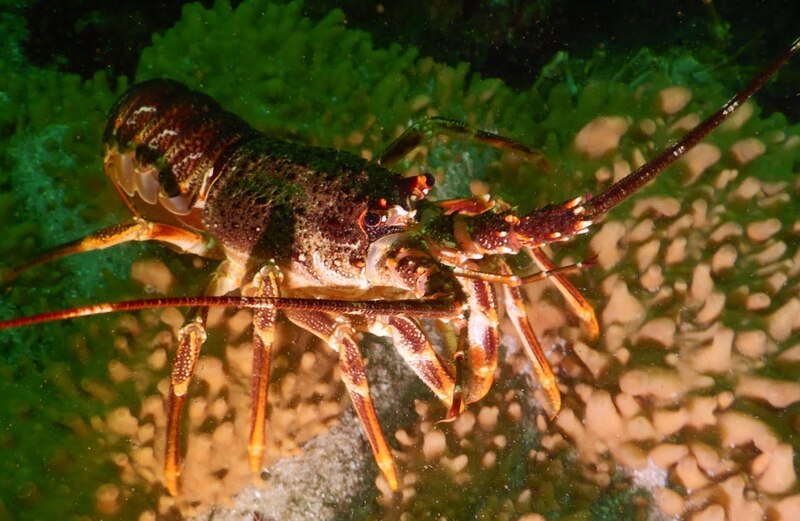
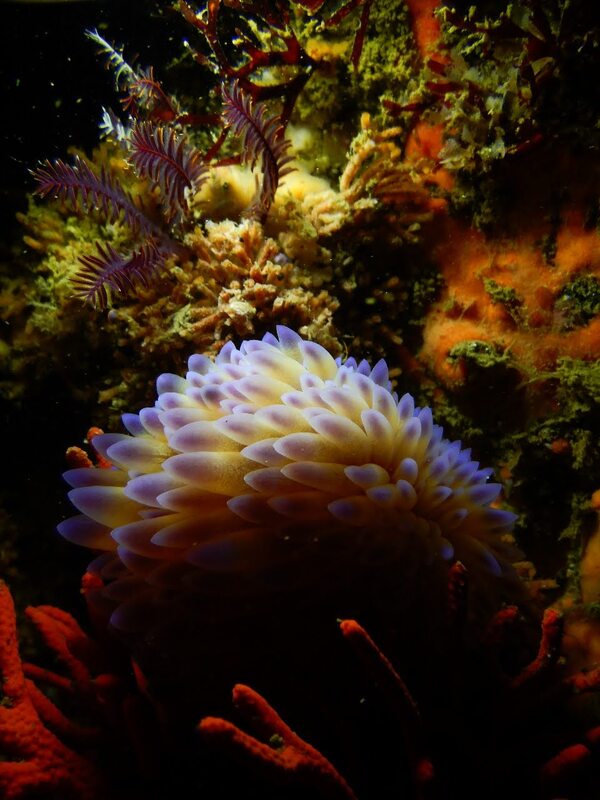
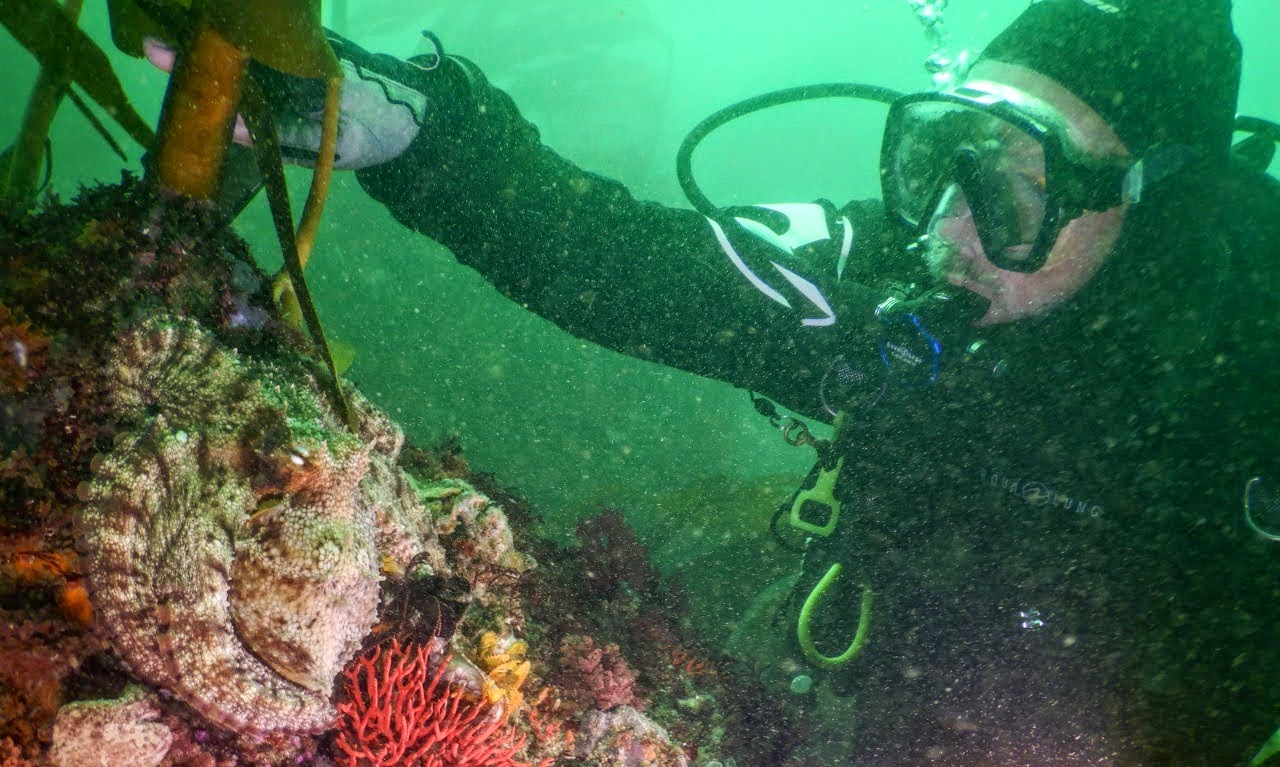
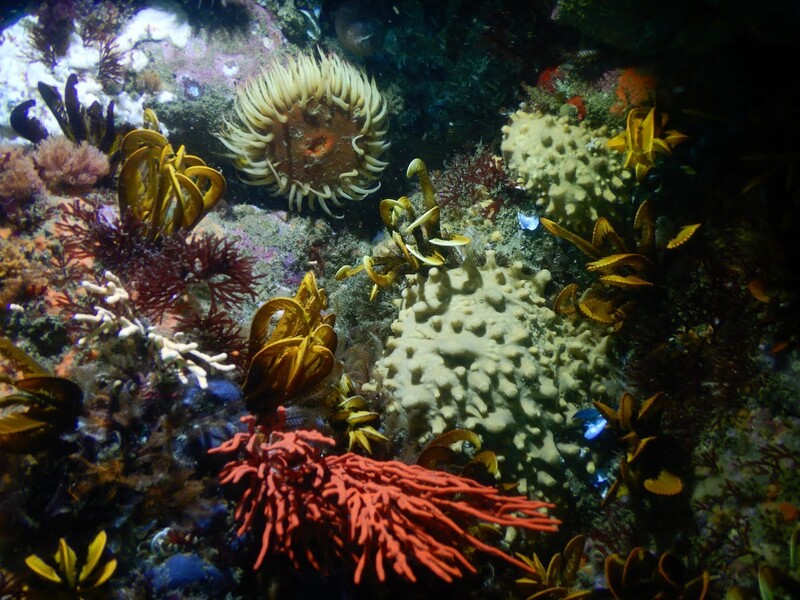
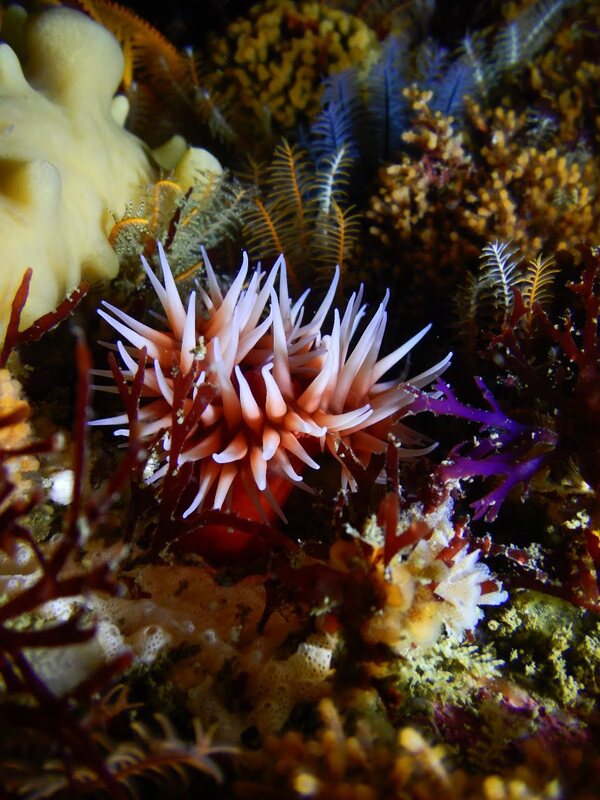
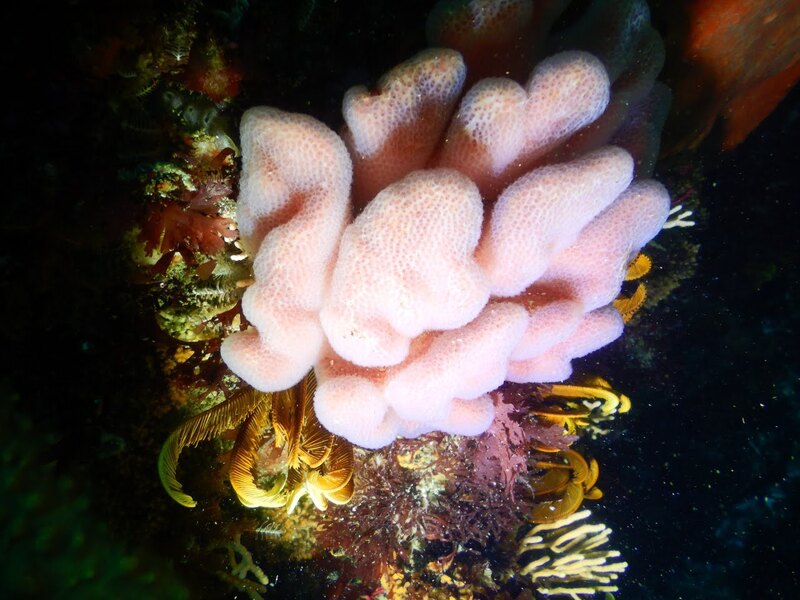
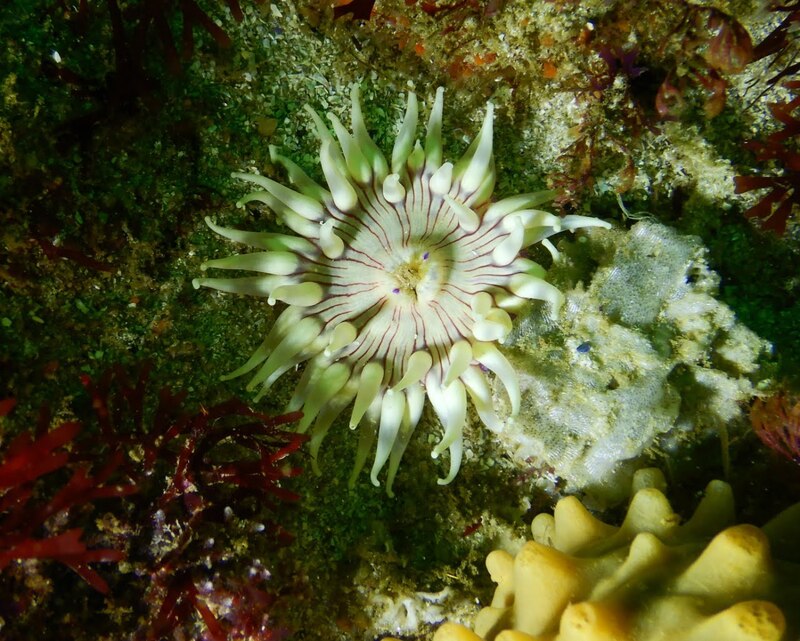
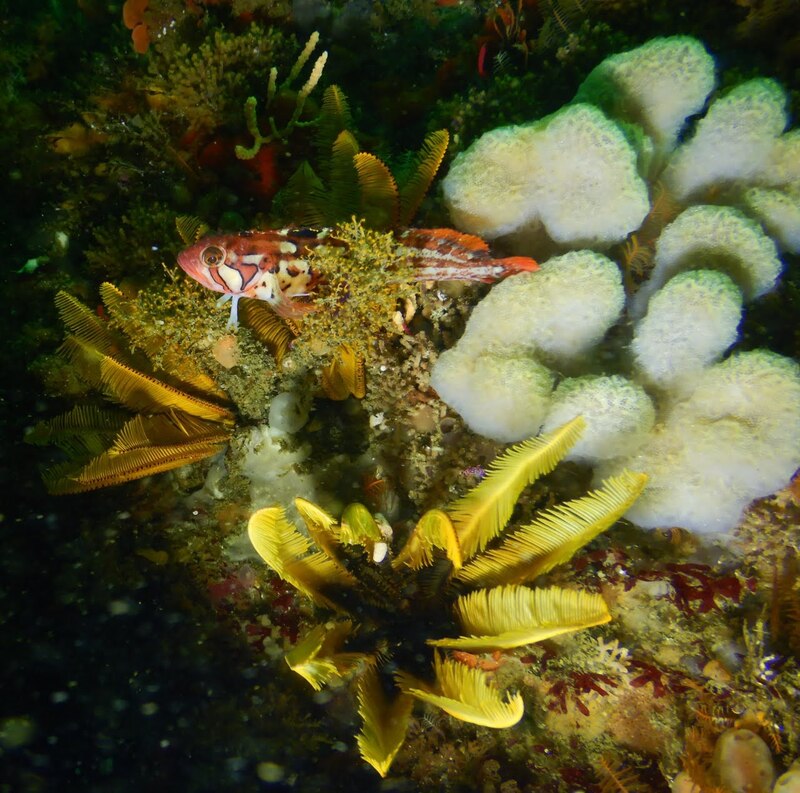
 RSS Feed
RSS Feed
